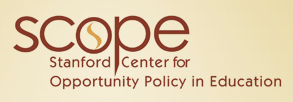As policymakers consider the costs of new assessment systems, it is important to understand the costs of existing testing systems that have evolved at the local as well as state levels, currently pointed at improving performance on No Child Left Behind (NCLB) summative tests. To examine these issues, the Assessment Solutions Group (ASG) conducted a research effort in selected locations across the United States to estimate the total current assessment spending per student combining summative, interim, and formative assessment approaches now in place. A sample of state and district staff was surveyed to collect this information. ASG then compared current assessment spending for state summative and interim assessments against what a new higher-quality assessment system, containing these types of assessments, might look like and cost.
The ASG study brings together this current survey data from states and districts along with data from a previous ASG study (Topol, Olson, & Roeber, 2010, p. 5), an unpublished ASG survey of states (2011), and Heppen et al. (2011) on use of interim assessments by large school districts. In this report, we review the results of all of our analyses to determine the affordability of higher-quality assessments.
An examination of the data indicates that higher-quality assessment systems—those that do a better job of measuring students’ critical thinking skills—should be readily affordable in today’s testing environment. ASG found that the average current state spending on mathematics and ELA summative assessments required by NCLB is in the $20–$25 per student range. Additional state spending on non-NCLB required assessments (additional assessments, domains, and grades) represent a potential additional source of funding for higher-quality assessments. ASG estimates this additional spending to be roughly $10 a student.

